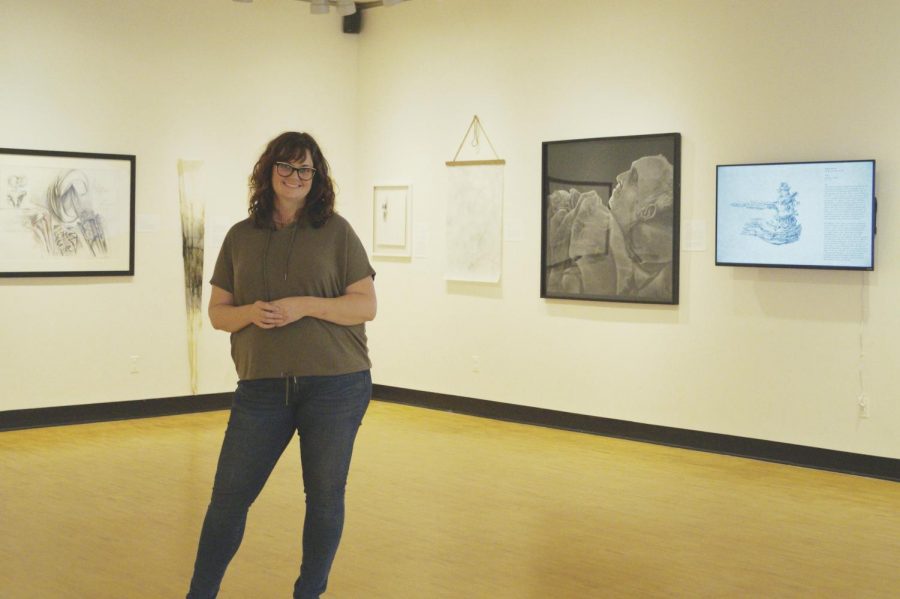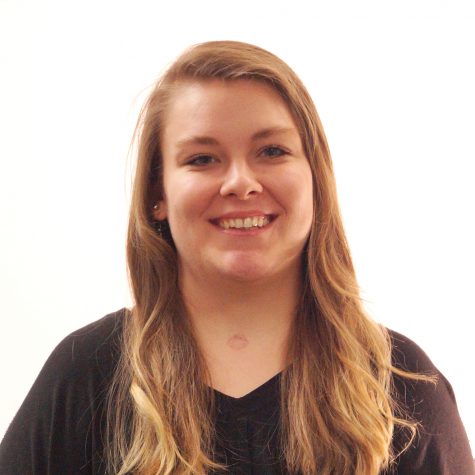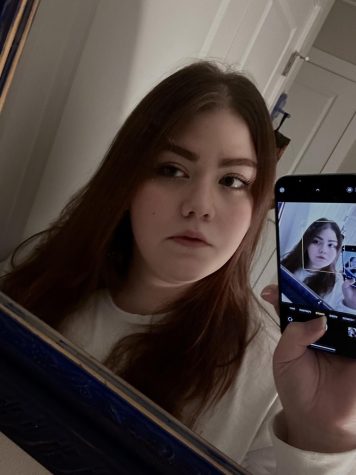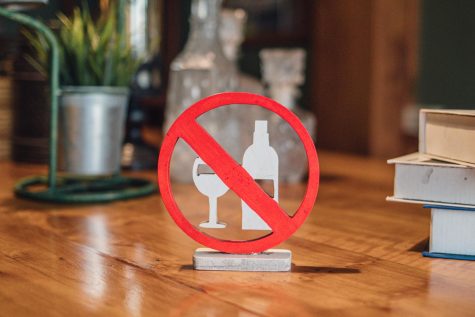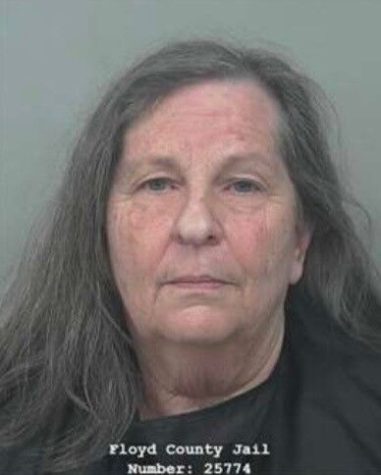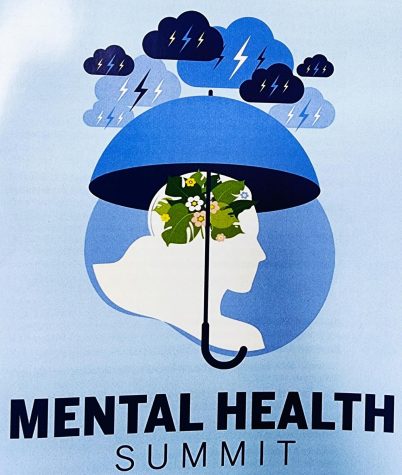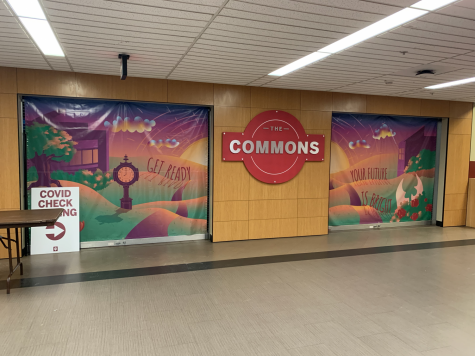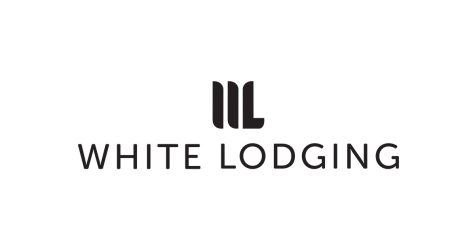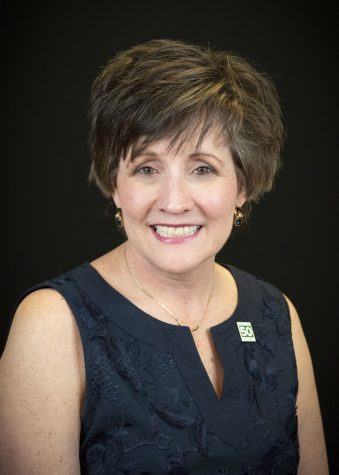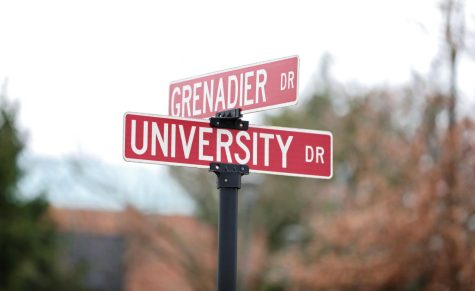IUS Art Department quickly adapts to finishing spring 2020 semester online
Faculty and students of the art department use technology to stay connected, find new ways to share artwork and stay positive during a difficult time due to the coronavirus pandemic
Emily Sheehan, assistant professor of fine arts, stands in the Barr Gallery.
April 13, 2020
On Monday, March 30, classes resumed online for all of IU Southeast. The remainder of the spring 2020 semester will finish online. Just like the rest of IUS, the art department had to adjust.
Each of the six fine art disciplines rely on face to face interactions for critiques, a creative environment inspiration and support from professors and fellow artists.
Virtual Learning
“While I feel that most students come to campus as their social outing, during this pandemic their social interactions will most likely be limited to social media and remote virtual learning,” Donna Stallard, senior lecturer of fine arts, wrote in an email.
Students are remaining positive and using Instagram, Facebook, Canvas discussions and Zoom conference calls to stay connected and get support from their classmates and professors.
“Our [the art department’s] shared priority is to use Canvas and Zoom platforms to keep up the lively collaborative problem-solving environment that students have worked so hard to grow this semester,” Susanna Crum, assistant professor of printmaking, said. “Communication is just the mantra I think for everybody right now.”
Working from Home
Art students are required to buy the supplies needed for classes at the beginning of the semester.
“What supplies we don’t have, they will typically provide us,” Bobby Holz, a sophomore fine arts major, said.
Students were sent home with the supplies they would need such as canvases and drawing paper. Printmaking students will work with kits they assembled during their final face-to-face class.
“It is more challenging to make art in printmaking without a printing press and a community in the studio, but students in both classes are working together via virtual studio visits on Zoom and Canvas discussions,” Crum wrote in an email.
She has made her meeting times open to the students so they can organize themselves for what works best for them. She understands that while at home students may have distractions, loved ones to care for or schedule changes to work around.
“Working from home, students are faced with challenges,” Crum said.
Zoom: A New Way of Communication
Professors are checking in with students individually to make sure they get the support they need and to make sure that things are working. Crum thinks Zoom is the best way to communicate during this time.
“We get to actually look at each other and I can kind of tell a little bit more if questions or things are unresolved,” she said.
Students are setting up studios at home and sharing pictures of their space in the Canvas discussions initiated by Crum.
“They are sharing their art supplies set up on the desk or time-lapse videos of them working,” she said. “I think a lot of it is trying to simulate that experience when we’re in the studio, everybody’s working and excited for each other. We’re trying to keep that up, virtually.”
Changes and Challenges
Critiques will now be done through Zoom conference calls and on Canvas discussion boards. Professors are working on making this a smooth transition for students.
“Because they did not ask to be put in this circumstance, I will go out of my way to try to keep them engaged,” Tammy Burke, an adjunct lecturer in the IUS fine arts department, wrote in an email.
Printmaking and ceramics specifically have equipment like the printing press and kiln that students no longer have access to. Crum stated that the equipment is way too expensive for students to have on their own. Ceramic students will still complete their projects.
“I’m making some modifications to the project to account for their limited movement, but in general, we’re following the guidelines,” Brian Harper, associate professor of ceramics, wrote in an email.
Drawing and painting students have had to reduce the size of their work now that they are working from home.
“When we are in the studio we can work as big as we want to,” Manuel Hernandez, a junior BFA painting major, said.
Digital art and graphic design students benefit from face to face classes for collaborative work and critiques. Graphic design students will now present their portfolio through PowerPoint presentations.
“It is not an ideal method but luckily, all along, students have had several opportunities to practice,” Kok Cheow Yeoh, an assistant professor of fine arts, wrote in an email.
With the campus being closed, students will not be able to have their shows in the Barr Gallery. Crum stated that it is a huge disappointment for students since they have worked hard and looked forward to the show to celebrate with family and friends.
Instagram Takeovers
To give students a platform to share their work, the IUS Fine Arts Department is doing Instagram takeovers. Students are documenting their work in a way that works best for the platform. They will have a chance to share their art through the @IUSoutheastFineArts account.
Fine arts majors and alumni are currently doing takeovers. BFA candidates in ceramics, drawing, painting, printmaking and digital art will be doing Instagram takeovers in mid-April.
Practicing Artists
The fine arts faculty are always there to mentor their students now and after graduation.
“I think that being compassionate with one another is important because we’re a small community and it’s a small program,” Crum said.
Students will be assisted by their professors in finding other spaces to show their work after graduation.
“All artists and designers are dealing with this right now, everybody in the class of 2020 is having to come up with creative solutions,” Crum said. “That is what artists do, is come up with solutions.”
Students are dealing with a lot from the transition to working at home, losing their jobs and the lack of social interaction with family and friends.
“I am totally their cheerleader, coach and advocate in getting their work done. My job is to create a path for them to develop, even in these unusual circumstances,” Burke wrote in an email. “I hope the work can be an escape and vehicle for them to deal with the psychological, physical, and economic effects of this pandemic.”

